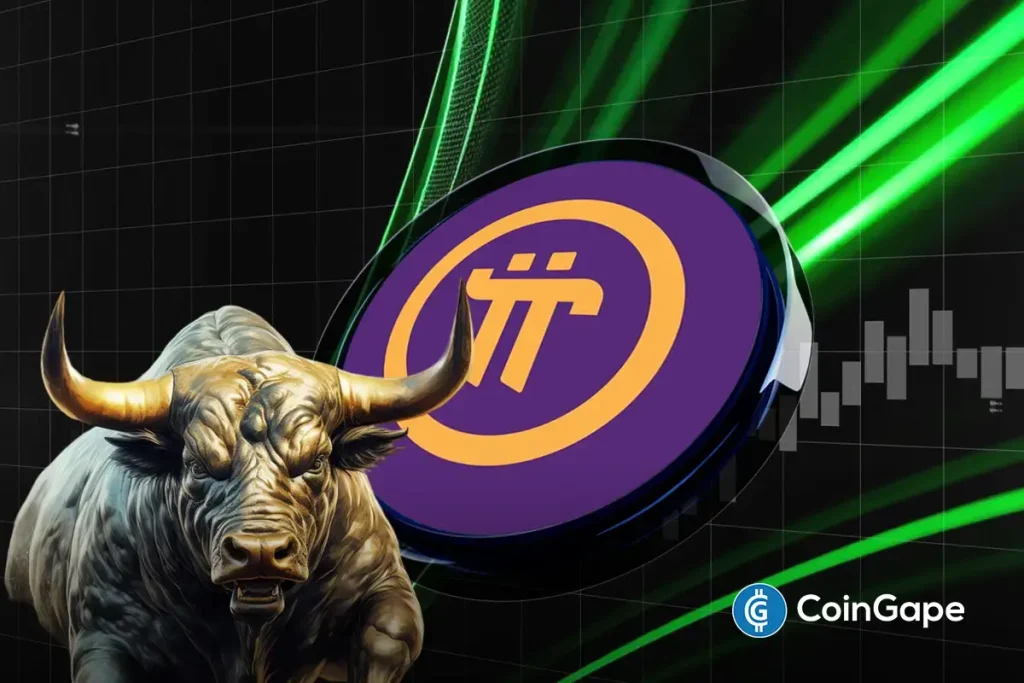Navigating the Pi Network: Market Movements, Challenges, and Future Outlook
The Pi Network’s native token, PI, has recently witnessed a significant plunge in price, hitting a new monthly low of $0.5376 on April 4, reflecting a staggering 69% decline since its peak in March. This sharp downturn has raised alarm bells among investors, sparking questions about the viability and future of the network and its coin. While technical indicators hint at a potential short-term rebound, numerous external and internal factors may pose substantial challenges to any anticipated recovery.
Will the Pi Network Coin Price Bounce Back?
Recent technical analysis reveals that the Relative Strength Index (RSI) for Pi Network’s token has fallen below 20, indicating an oversold market condition. Historically, such circumstances have often led to temporary recoveries, suggesting a plausible rebound in the near term for PI. However, inflated selling pressure signifies that a significant recovery will encounter formidable resistance levels, particularly between $0.6817 and $0.6915. What was once a support level has transformed into a resistance zone following the price’s recent slump. Should PI manage to breach these resistance levels, a more robust rally could follow, but broader market vulnerabilities may limit its potential.
Broader Market Factors Affecting Pi Network
Despite the promising signs suggested by the RSI, the overall market sentiment remains a significant factor that could impede Pi Network’s rebound. Investors have exhibited a low to moderate risk appetite, favoring more stable investments over higher-risk cryptocurrencies like PI. Additionally, ongoing geopolitical issues, such as trade disputes involving the United States, coupled with fluctuations in the broader economy, have intensified the selling pressure across the cryptocurrency landscape. The Pi Network also grapples with internal challenges, such as slow feature releases and increasing skepticism regarding its preparedness for a mainnet launch, which further exacerbates the current situation.
Slow Progress and Community Frustrations
The Pi Network has recently faced criticism from its users regarding the sluggish pace of vital developments and the overall management of the project. Community members have voiced discontent over delayed Know Your Business (KYB) processes, despite many platforms being fully functional. These internal delays impact everyone, particularly pioneers awaiting KYC approvals and mainnet migration. Furthermore, the community’s frustrations include excessive barriers preventing third-party developers from contributing, leading to an atmosphere of skepticism and uncertainty about the network’s long-term viability.
Exchange Listings: A Crucial Factor
As market activity for Pi Network gains momentum—with trading volumes spiking to $478 million, indicating a 76% increase—the network’s failure to secure listings on significant exchanges like Binance remains a pressing concern. Currently, PI’s absence from prominent trading platforms limits its exposure and capability to attract new investors. Such limitations could hinder the coin’s ability to capitalize on potential upward momentum, raising serious questions about its future market performance. Until Pi Network’s token can accomplish successful listings or make substantial progress towards its core objectives, it may continue to struggle amid this competitive landscape.
Leadership Accountability and Community Engagement
The leadership of the Pi Core Team is currently under scrutiny from the investor community. Many participants in the network perceive the leadership as out of touch with pressing issues, such as ongoing delays related to the mainnet launch and KYC processes. The recently held PiFest partially highlights the network’s community engagement, with over 125,000 sellers participating. Yet, the pervasive sentiment feels that the Core Team is not adequately addressing fundamental problems affecting the network’s growth. Critics have proposed adopting more transparent communication, suggesting that a decentralized decision-making process could cultivate a more engaged and accountable community.
Conclusion: What Lies Ahead for Pi Network?
In summary, while there are indicators suggesting a potential rebound for the Pi Network’s token, various external factors and internal challenges stand in the way of a substantial recovery. Investors continue to grapple with a cautious market sentiment, while community frustrations underscore the need for leadership accountability and improved transparency. As the network advances, addressing these critical issues will be essential to regaining trust and fostering investor confidence. Whether Pi Network can stabilize and thrive in an increasingly competitive cryptocurrency market remains to be seen, making continued monitoring of its developments crucial for stakeholders and investors alike.
Understanding the complexities of the Pi Network will be key for those looking to navigate these waters effectively, especially as market conditions continue to evolve. Investors should remain vigilant, staying informed about both technical indicators and the broader economic landscape to make well-informed decisions moving forward.


